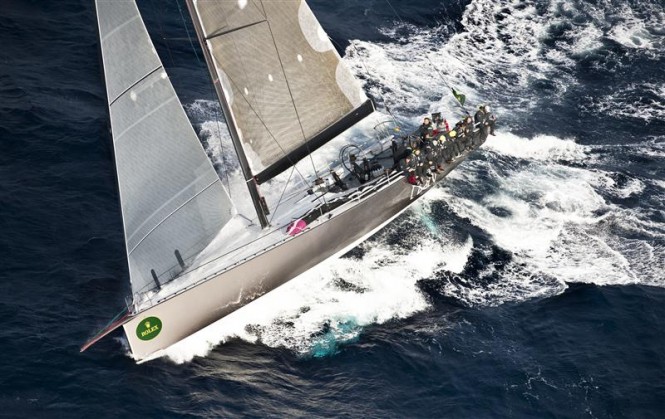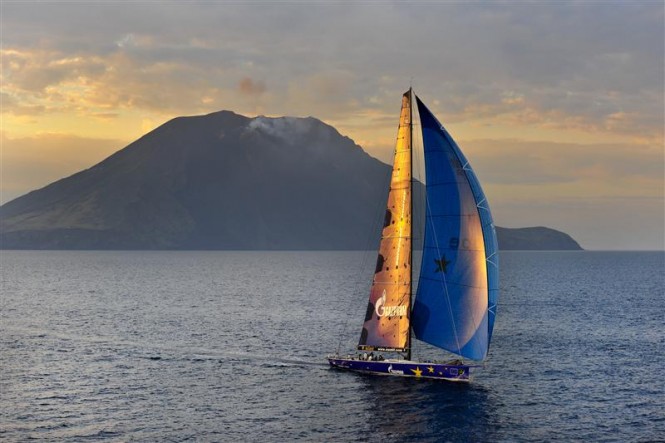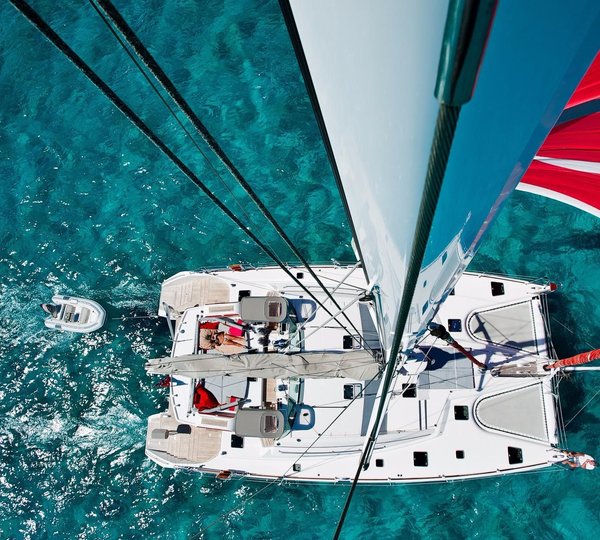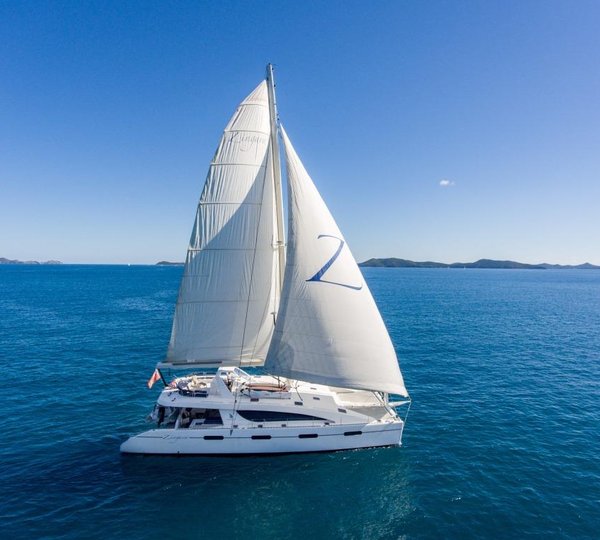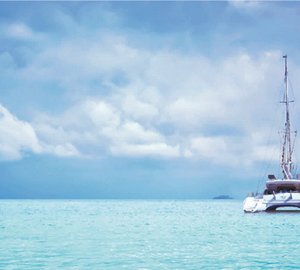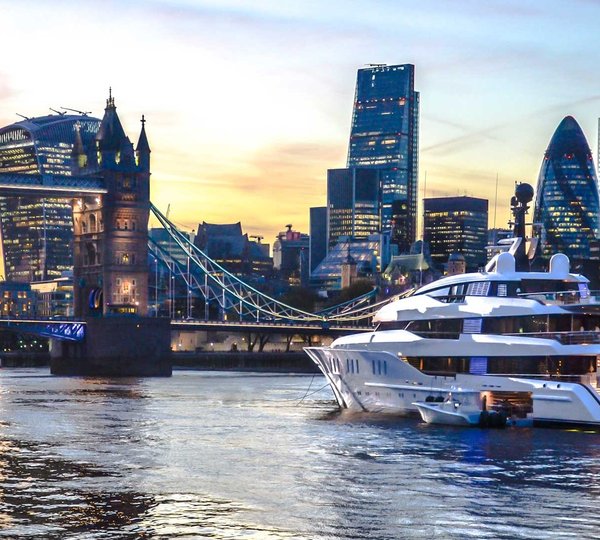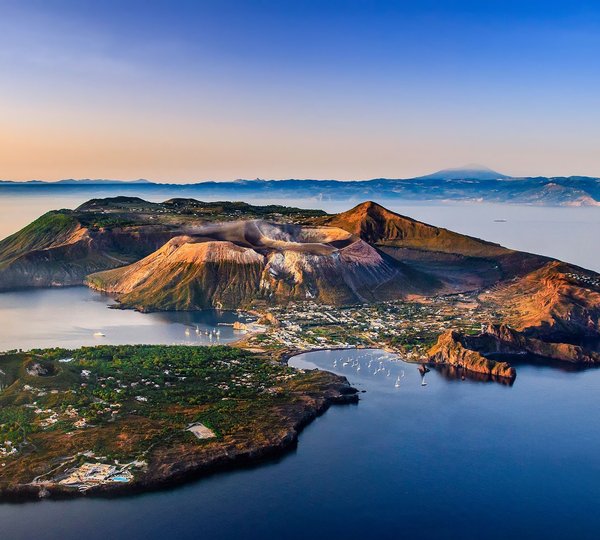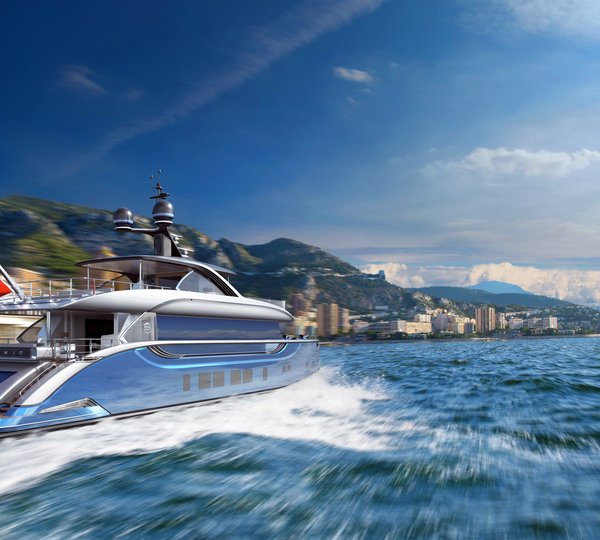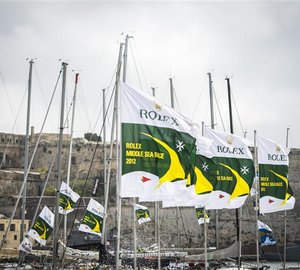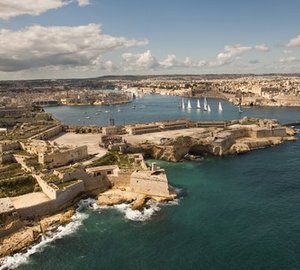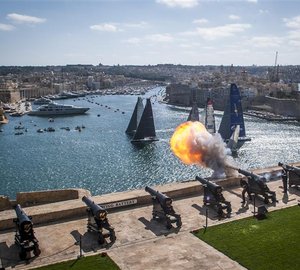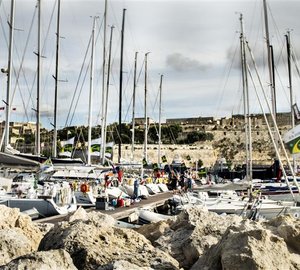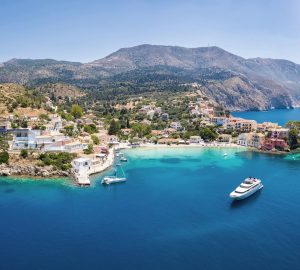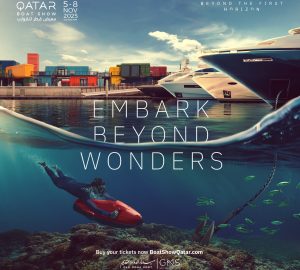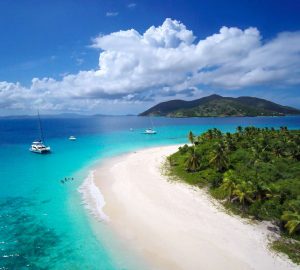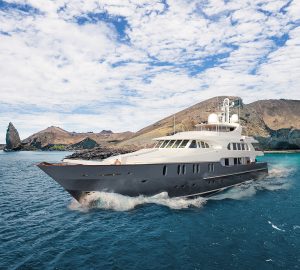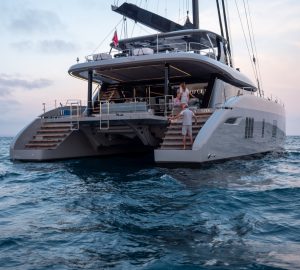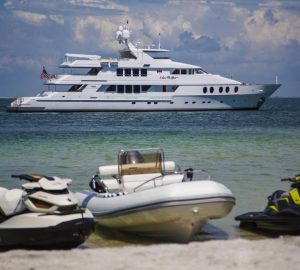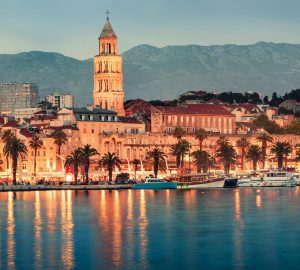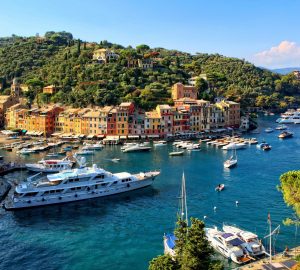Running from October 20 to 27, Malta will once again host the challenging, enchanting as well as historic Rolex Middle Sea Race, supported by Rolex since 2002. One of Europe’s most popular and respected offshore races, the 33rd editon of the event provides a 606-nautical-mile racecourse – a rigorous and scenic anticlockwise loop around Sicily, including plenty of “corners” that represent changing and complex meteorological shifts.
Last year’s event proved to be an emotional affair and one that the passionate Maltese sailing community cherished. Lee Satariano’s J/122 sailing yacht Artie ended a near decade-long run without a local victory by claiming the overall prize on handicap, following a dogged performance. Although it retains a strong Maltese and Italian presence, which is natural given the geography of the course, the event always attracts strong crews from across the globe. Last year, half the 70-strong fleet was drawn from outside these two countries.
Although the start of the event is still some three months away, a competitive fleet is forecast. A heavyweight in Niklas Zennström’s 72-foot Mini Maxi yacht Rán 2 (GBR) – a two-time Rolex Fastnet Race and twice Mini Maxi Rolex World Championship winner – was one of the first yachts to confirm her participation. Another Maxi entry – the 78-ft Reichel/Pugh luxury yacht Idea, now owned by Darren Wright – twice won the Giraglia Rolex Cup on line honours in the early 2000s.
The current race record was set by George David’s 90-ft Maxi yacht Rambler (USA) in 2007 and has not been threatened since. Her winning time was 47 hours, 55 minutes and 3 seconds. Line honours for the last two years have been the privilege of Igor Simčič’s 100-ft Maxi superyacht Esimit Europa 2 (SLO), which recently smashed the race record at the Giraglia Rolex Cup. Last year, she finished some 14 hours outside Rambler’s time – a measure of how difficult the record is to beat.
The Rolex Middle Sea Race is organized by the Royal Malta Yacht Club, whose members were instrumental in the foundation of the event back in 1968, when their desire was to map a demanding and exciting racecourse. They fully succeeded – navigators and tacticians are drawn to the event each year precisely due to the unique obstacles posed.

